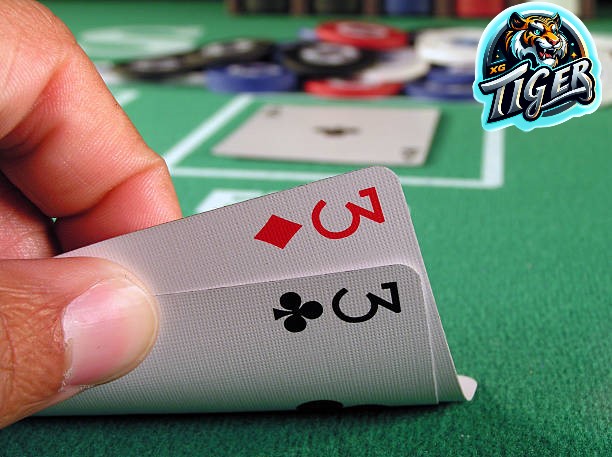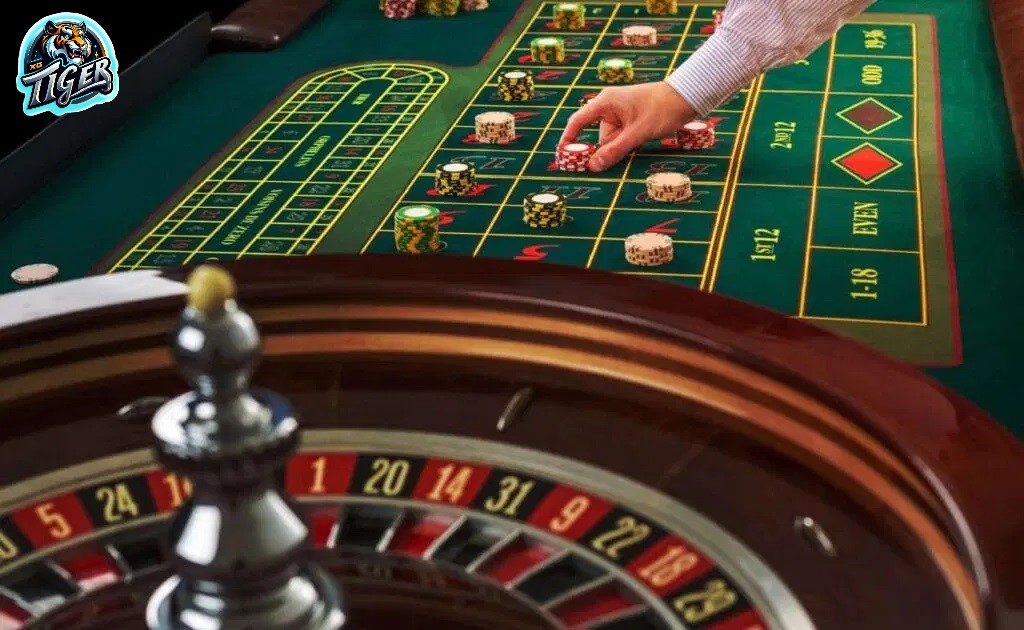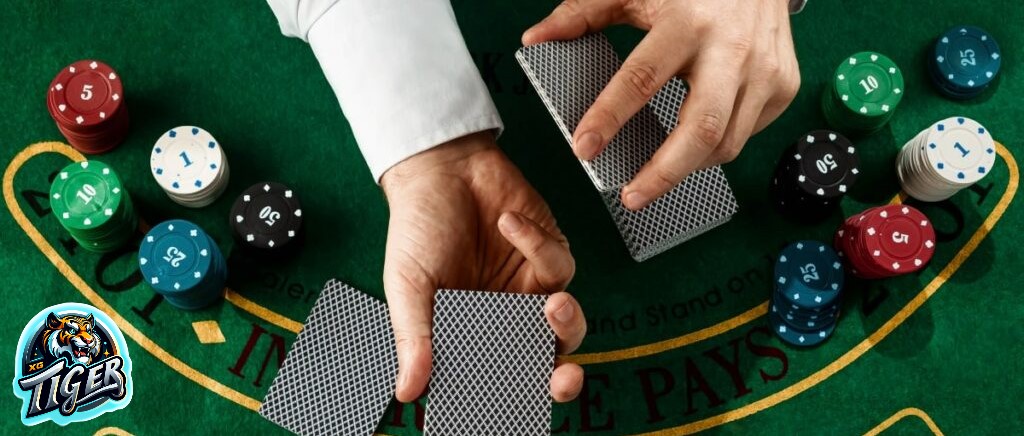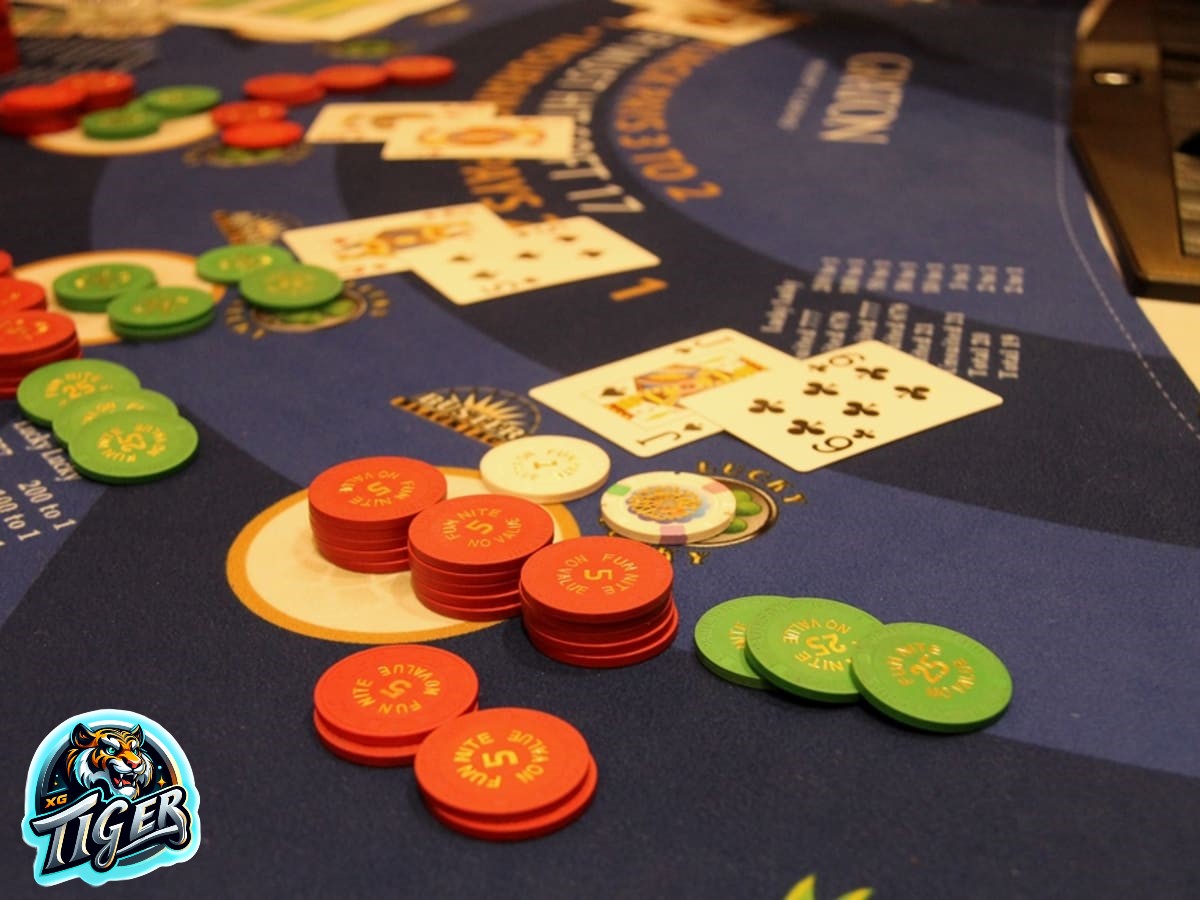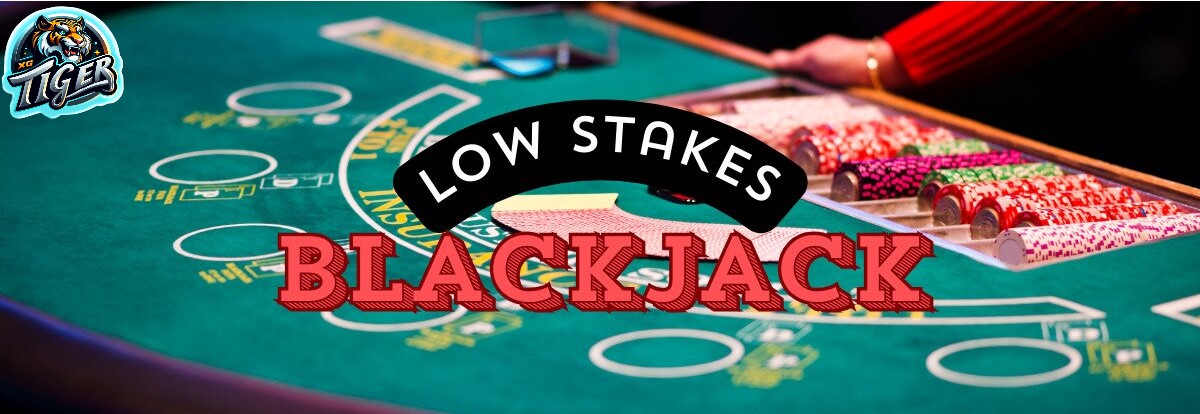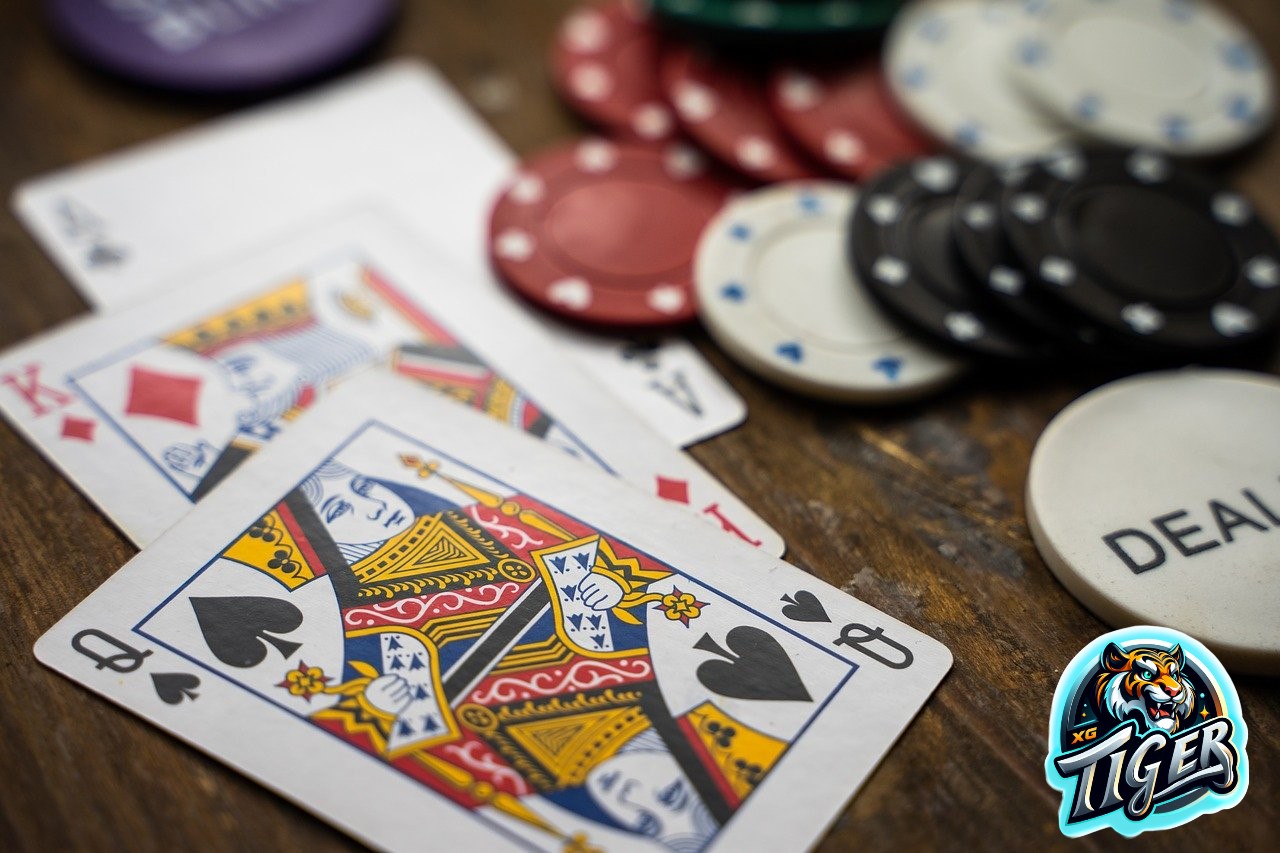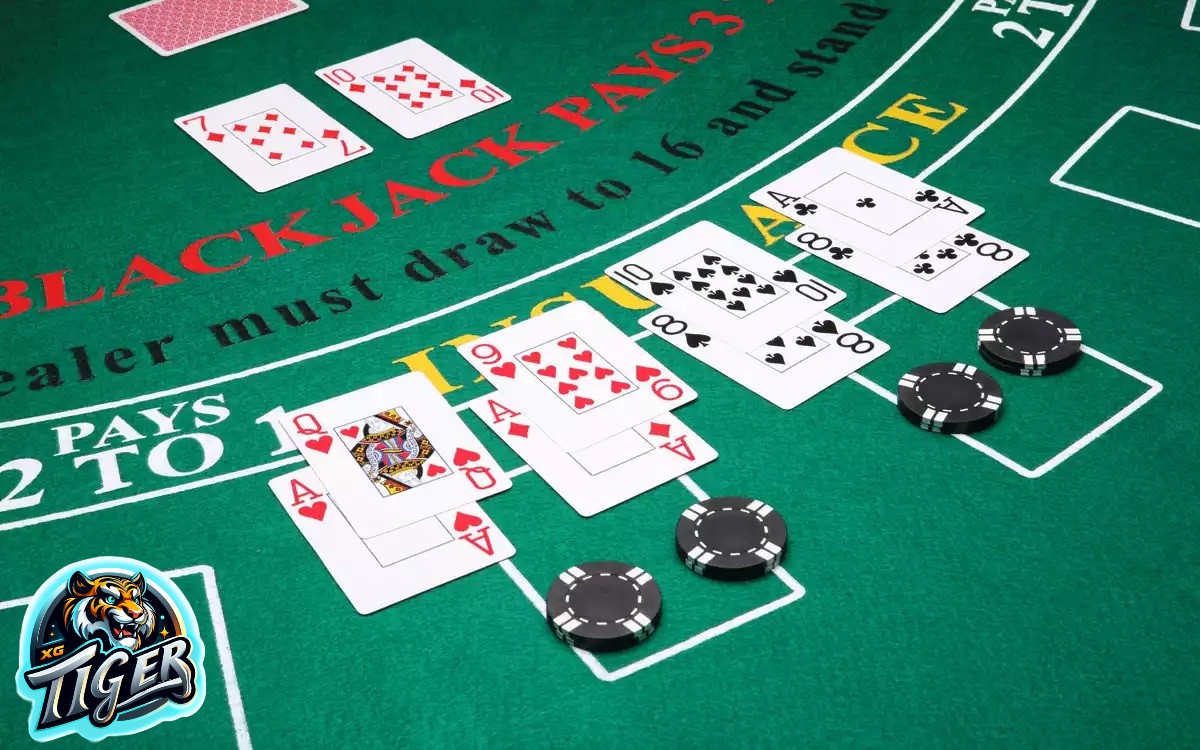Table of Contents
According to Xgtiger Casino you’ve probably been dealt Pocket Threes, also known as crabs, a few times.
Have you ever wondered if you play them well? Time to find out!
This article covers:
- How to play Pocket Threes in common preflop situations
- 3 tips for playing crab when you are the preflop raiser
- 3 tips for playing this small pair when you’re the preflop caller
Let’s get started!
How to Play Pocket Threes in Common Preflop Situations
Let’s run through every common preflop situation so you always know how to proceed with Threes.
Here are the table positions for your reference:
Unopened Pots
When the action is folded to you, the best play in Pocket Threes depends on your position.
When you sit anywhere between UTG through Lojack, Pocket Threes should be folded by default. If you’re sitting on Hijack or later, Pocket Three is worth the upgrade.
Note that if you’re at a soft table with opponents who rarely 3-bet preflop, you can also get away with raising Threes from early positions. Just make sure you have a good reason for doing so.
As tempting as it is to open this hand, I strongly advise against it. In other words, you’ll win smaller pots on average by doing this.
Against an Increase
Again, how you play Pocket Threes against the raise depends on your position.
From the Big Blind: You should always call with Pocket Three when you are in the Big Blind and face a raise. It was a perfect hand to call and set mine.
From Any Other Position: While it may be tempting to call with a Pocket Three against a raise, you should fold this hand from every position other than the Big Blind unless you have a good reason* to do so. In equilibrium, the Three is too weak to call or 3-bet.
- *In many live cash games, you can get away with call raises with Pocket Three for two reasons:
- The players behind will not punish you with an aggressive 3-betting strategy.
Your opponents are likely to make big mistakes post-flop, allowing you to over-realize your equity.
An important caveat: the earlier your position and the larger the rise size, the less likely you are to create a loose preflo
Against a 3-Bet
When faced with a 3-bet after you open, you should often call Pocket Threes. Having a 12% chance of hitting a set on the flop and having a good chance of stacking your opponent if they have an overpair or top pair make it a good candidate for defending against a 3-bet.
I say almost always because if we look at the solver simulations, the Pocket Three folds some percentage of the time from the Cutoff and always from the Middle Position.
Note: Want to know how to play every hand in every common preflop situation? Get instant access to extensive preflop charts and lessons (for cash, heads-up, and tournament games) when you join the Upswing Lab training course. Lock your seat!
3 Tips for Pocket Three in Single Raised Pots as a Preflop Raiser
I will talk about playing from the Button against the Big Blind specifically, as that is the most frequent positional match up in poker.
Tip #1: If you have an underpair on the flop, go back most of the time
Example: You raise 3♠ 3♣ on the Button and the Big Blind calls. The flop was J♠ 7♥ 6♦ and the Big Blind checked.
Having a showdown value means that back checking is never a bad option on most board textures.
There are some exceptions, of course. In certain situations, it’s better to c-bet with a hand like this. Luckily for you, I’ve written a whole article about when to bet with these hands: When to Bluff Your Low Pocket Pair.
Tip #2: Never slow-play a flopped set
Example: You raise 3♠ 3♣ on the Button and the Big Blind calls. The flop was Q♠ 4♥ 3♦ and the Big Blind checked.
It doesn’t matter how dry or wet the board is when you flop a set — you should always start with a bet.
When you flop a low set, you have a very high value hand. This is even more important than the top row because the bottom row unblocks the most bluff-catchers (such as QJ in the example above) in your opponent’s row.
You need to start building the pot right away to give yourself a chance to win your opponent’s entire stack.
Tip #3: If the board is disconnected, fire a c-bet (especially if you have a backdoor flush draw)
Example: You raise the Button with 3♠ 3♥ and the Big Blind calls. The flop was K♠ 7♣ 2♠ and the Big Blind checked.
Uncoordinated boards are great for the position player. This is because he has a lot of overpair and/or the strongest top pair in his range, and those hands are especially strong when there aren’t many two pairs available (not to mention flopped straights or flopped flushes).
You can c-bet with very high frequency and force many overcards to fold their equity. Pocket Three is a good candidate for this because your opponent will almost always have two overcards, and it’s a good win for you to force those overcards out of the hand.
Having a backdoor flush draw is especially important because both of your sets are clean (ie, when you turn a set, it won’t complete the flush draw).
3 Tips for Pocket Threes in Single-Raised Pots as a Preflop Caller
Again, the focus is on playing the most common positional match up: as the Big Blind against the Button.
Tip #1: Don’t always fold against a c-tay with an underpair, but be careful
An underpair is a very weak out of position hand. In order to call a continuation bet, you must have several factors in your favor.
You will need a combination of the following factors to justify calling:
- The flop is disconnected
- Smaller c-bet size
- Backdoor flush draw
So, for example, you should call with 3♠ 3♣ on a Q♠ 7♠ 4♥ board against a 33%-50% pot c-bet. But you should fold if your opponent made it 75% pot or more. On a more coordinated board (like J-T-9) you shouldn’t continue with such a hand.
Tip #2: On medium and low paired flops, check-raise at least once
I’m talking about flops like 9-9-2, 7-7-4, or 6-6-5.
These flops miss most of your opponent’s range. Furthermore, your Pocket Three is very vulnerable — almost the entire deck is an overcard.
For these reasons, you should protect your hand’s equity with a small check raise designed to make the opponent fold many of those 2 types of overcard hands. You can also get some value from overcard hands that are strong enough to call (such as Ace-high).
Remember that you should use the same small size check raise when you have trips to make yourself as tough as possible to play.
Tip #3: You should only call one bet with an underpair (unless you improve)
If you find yourself calling c-tay on the flop, whether in position or out of position, that should be the last chip you put in the pot. Don’t call any bets unless you get a good draw on the turn (like an open-ended straight draw).
With only sets out to improve and no blockers in two pairs or sets, these hands are too weak to call a second time.
Final Thoughts
There you have it, a 5 minute crash course on how to play crabs in an online casino better than 90%+ of the players you’ll come across.
How did you play Pocket Threes before reading this article? Let me know in the comments section below!
If you want to learn how to play other No Limit Hold’em starting hands like a pro, scroll down to “Related Posts” below.
Until next time, good luck, grinders!
Conclusion
Are you an avid gaming fan and want to know how to bet on online casino games? At Xgtiger, you’ll get the latest information on this year’s best casino games and a variety of gaming options, all in one place.
To start your online gambling journey, all you need to do is create an account on the site, deposit funds and you’ll be ready to bet on the best and most anticipated casino games.

